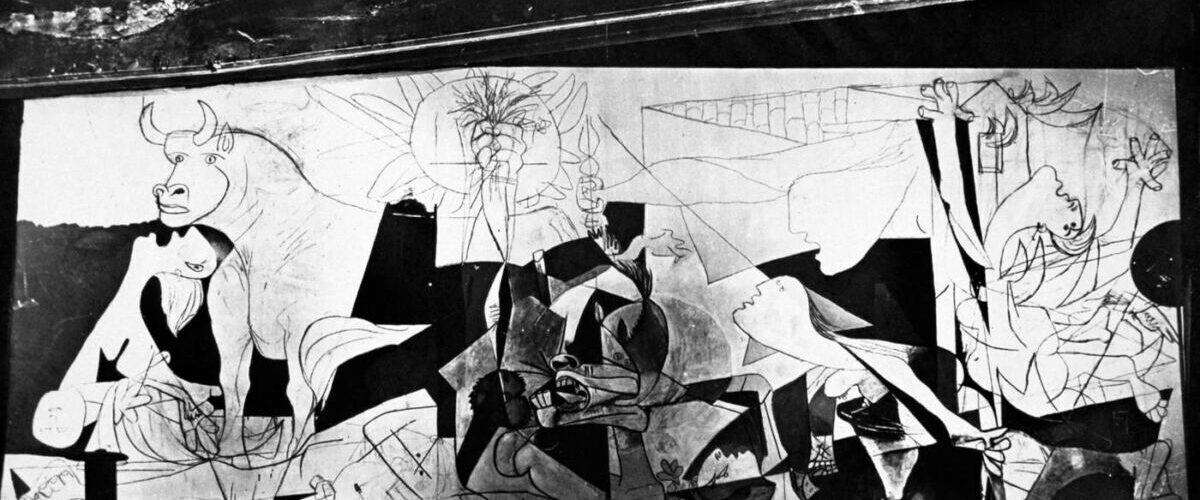Art has always been a powerful tool for expressing political and social views. From the posters and banners of suffragettes to the street art of the Black Lives Matter movement, political art has played a crucial role in shaping public opinion and effecting change. In this article, we’ll explore the works of five different artists and their famous paintings that have been used to advance political and social causes throughout history.
Francisco Goya: The Third of May 1808
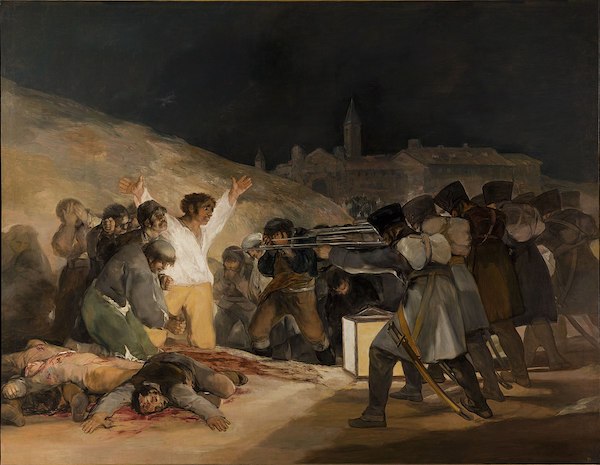
The Third of May 1808
One of the most famous examples of political art is Francisco Goya’s painting, “The Third of May 1808”. This painting depicts the execution of Spanish civilians by French soldiers during the Peninsular War. It is a powerful indictment of war and brutality, and it has become an iconic symbol of resistance against oppression.
Interesting Fact: Goya was initially commissioned to create a painting celebrating the Spanish victory against the French. However, he instead chose to paint a scene that portrayed the horrors of war.
Pablo Picasso: Guernica
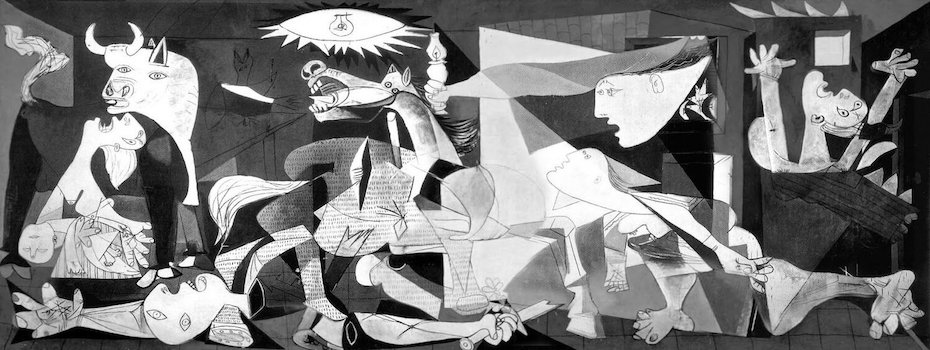
Guernica 1937
In the 20th century, political art continued to flourish, with many artists using their work to express their views on civil rights, war, and other issues. One of the most famous examples of this is Pablo Picasso’s “Guernica”. This painting, which depicts the bombing of a Spanish town during the Spanish Civil War, is a powerful condemnation of war and its devastating effects on civilians. It has become a symbol of anti-war sentiment and a call to action for peace.
Interesting Fact: Picasso completed the painting in just five weeks in response to the bombing of the town of Guernica.
Frida Kahlo: My Dress Hangs There
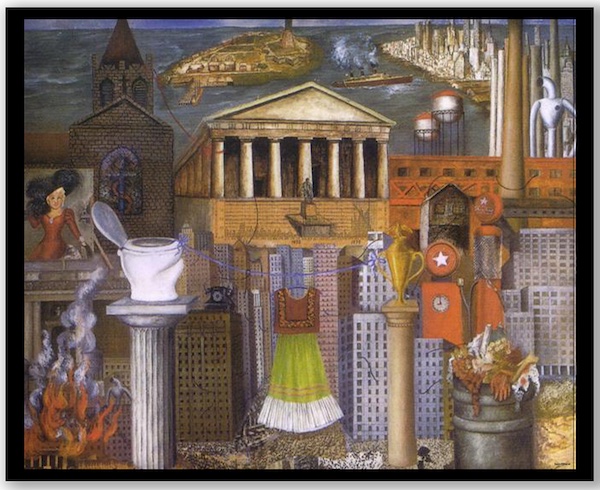
My Dress Hangs There 1933
Frida Kahlo is known for her bold and powerful self-portraits, but she also created political works of art. One of her famous paintings is “My Dress Hangs There”. This painting is a commentary on American consumerism and the inequality of wealth in society. It features a Mexican dress hanging in a sterile, capitalist environment.
Interesting Fact: Kahlo created this painting while living in the United States and feeling out of place in the consumer-driven society.
Norman Rockwell: The Problem We All Live With

The Problem We All Live With 1964
During the Civil Rights Movement in the United States, political art played a significant role in advancing the cause of racial equality. One of the most famous examples of this is Norman Rockwell’s painting “The Problem We All Live With”. This painting depicts a young African American girl walking to school while being escorted by federal marshals. It is a powerful image of the struggle for racial justice and the need for government intervention to protect the rights of minorities.
Interesting Fact: The young girl in the painting is Ruby Bridges, who was one of the first African American children to attend an all-white school in the American South.
Keith Haring: Ignorance = Fear, Silence = Death
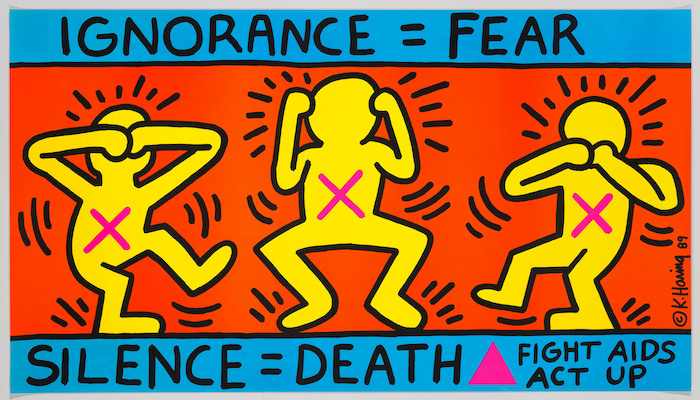
Ignorance = Fear, Silence = Death 1989
In recent years, political art has taken on a new form with the rise of street art and social media activism. Keith Haring was an artist known for his bold, graphic style and his use of art to raise awareness of social issues. One of his famous works is “Ignorance = Fear, Silence = Death”. This painting features a figure with a pink triangle, a symbol used to identify gay men in Nazi concentration camps, surrounded by text that promotes AIDS awareness.
Interesting Fact: Haring created this painting in 1989, at a time when AIDS was still stigmatized and misunderstood.
Conclusion
In conclusion, political art has been a vital tool for expressing political and social views throughout history. From the paintings of Goya and Picasso to the street art of Haring. Political art has served as a call to action for change and a reminder of the
